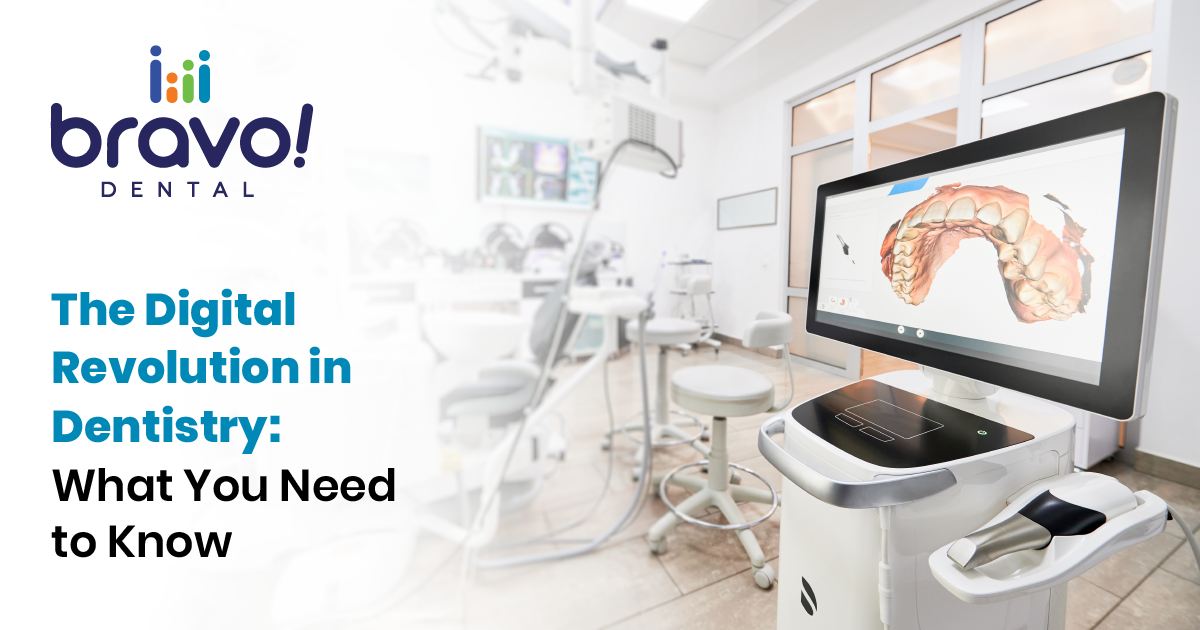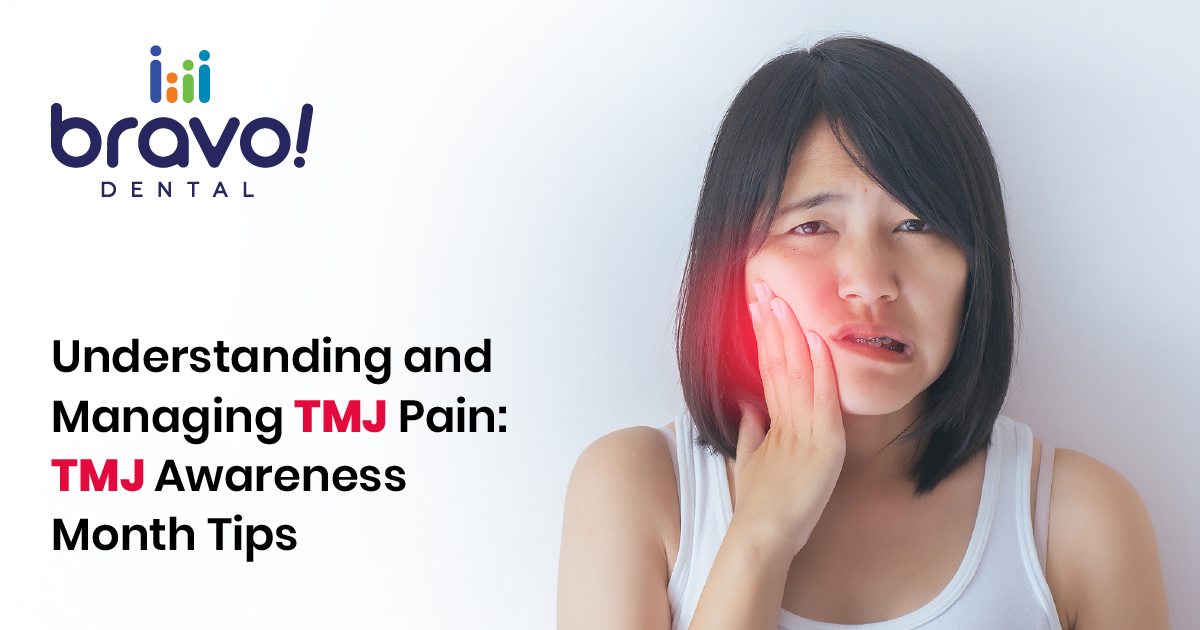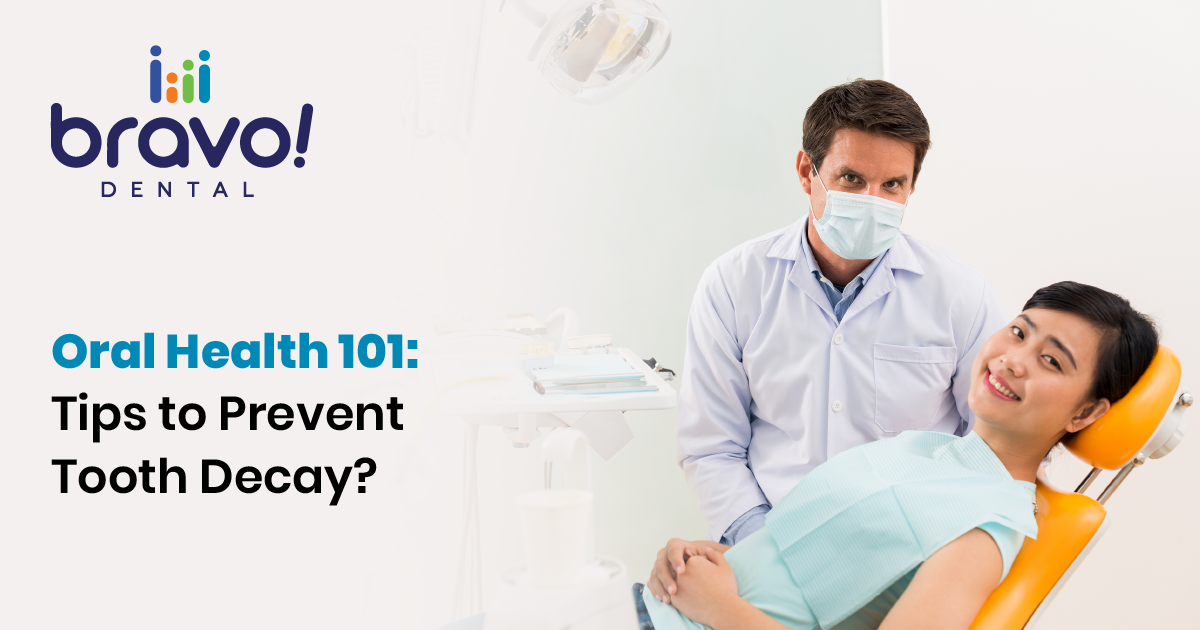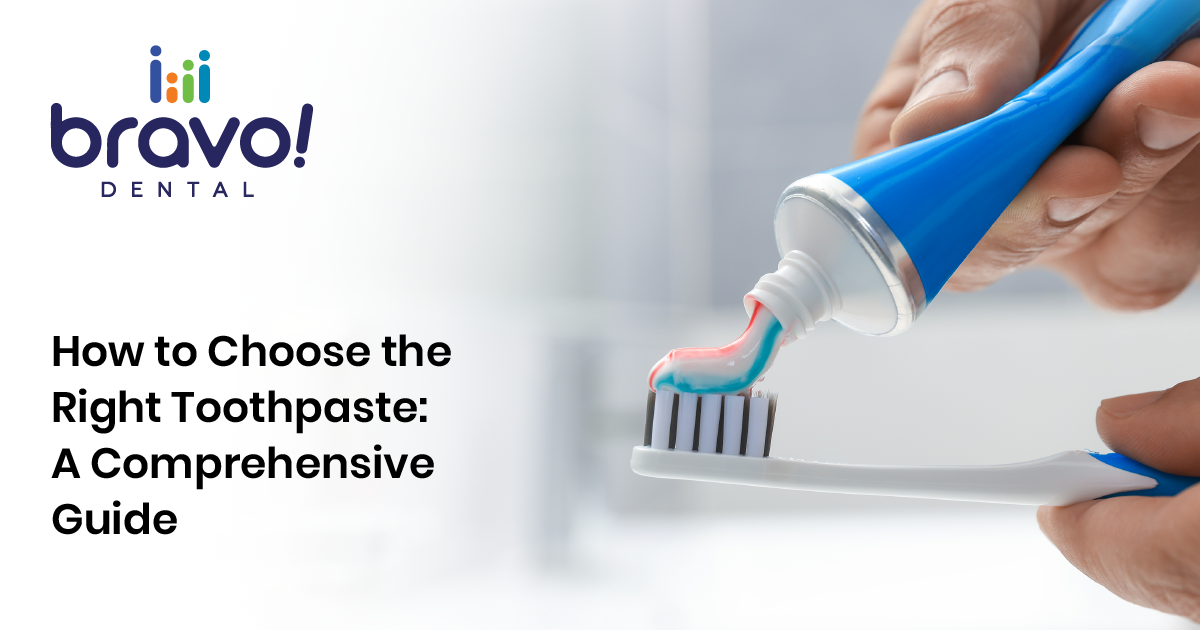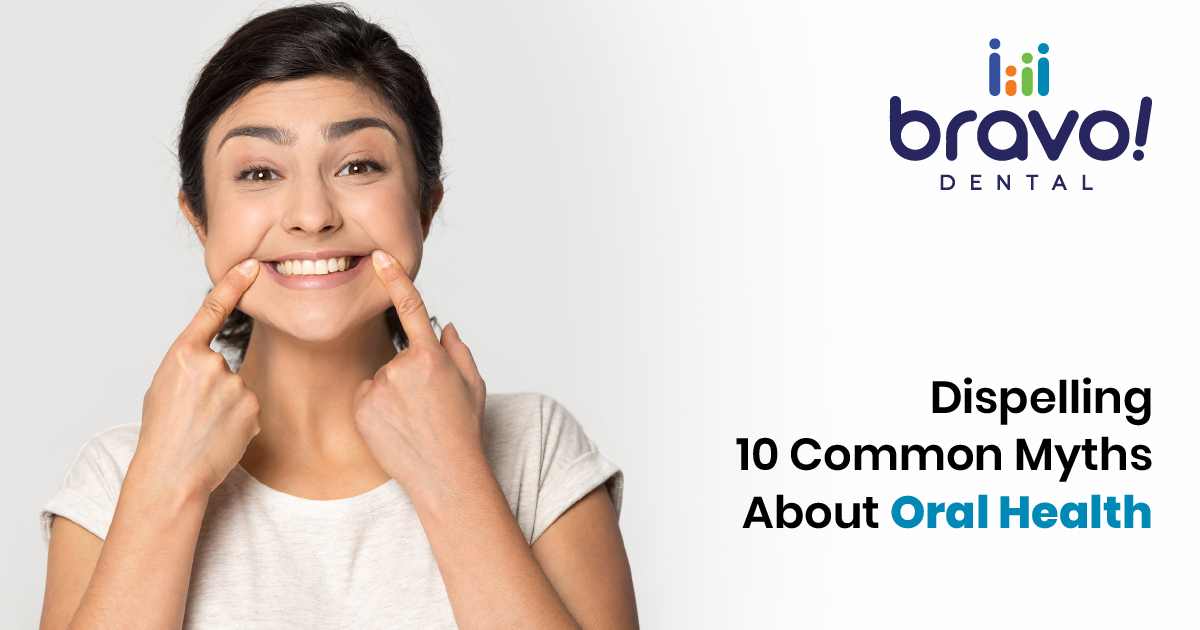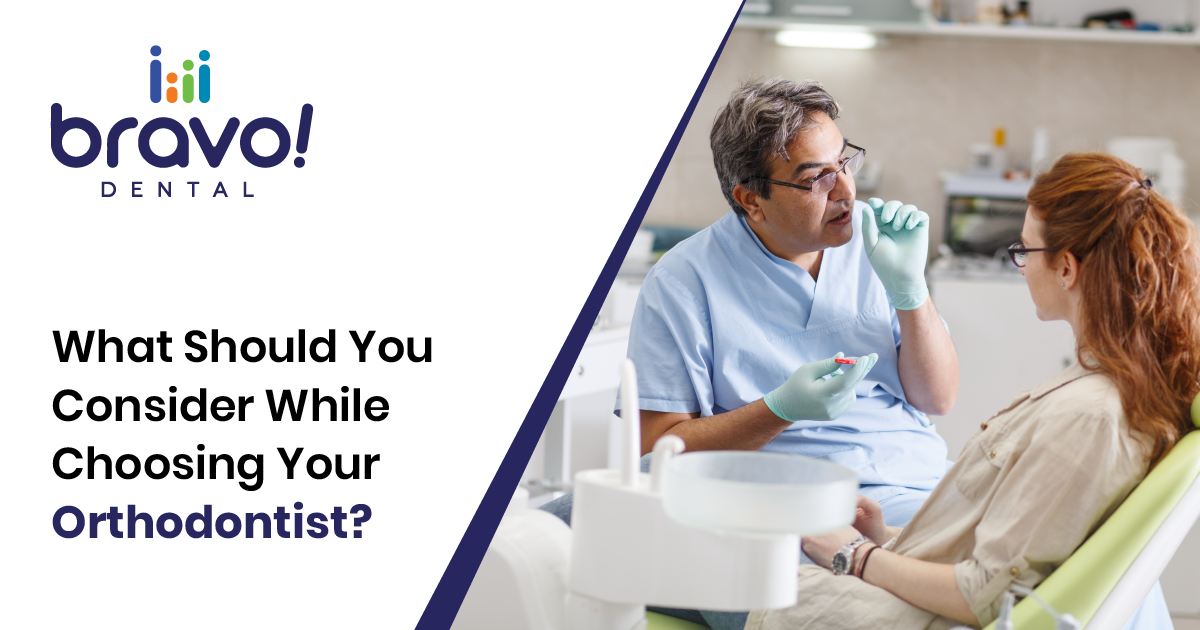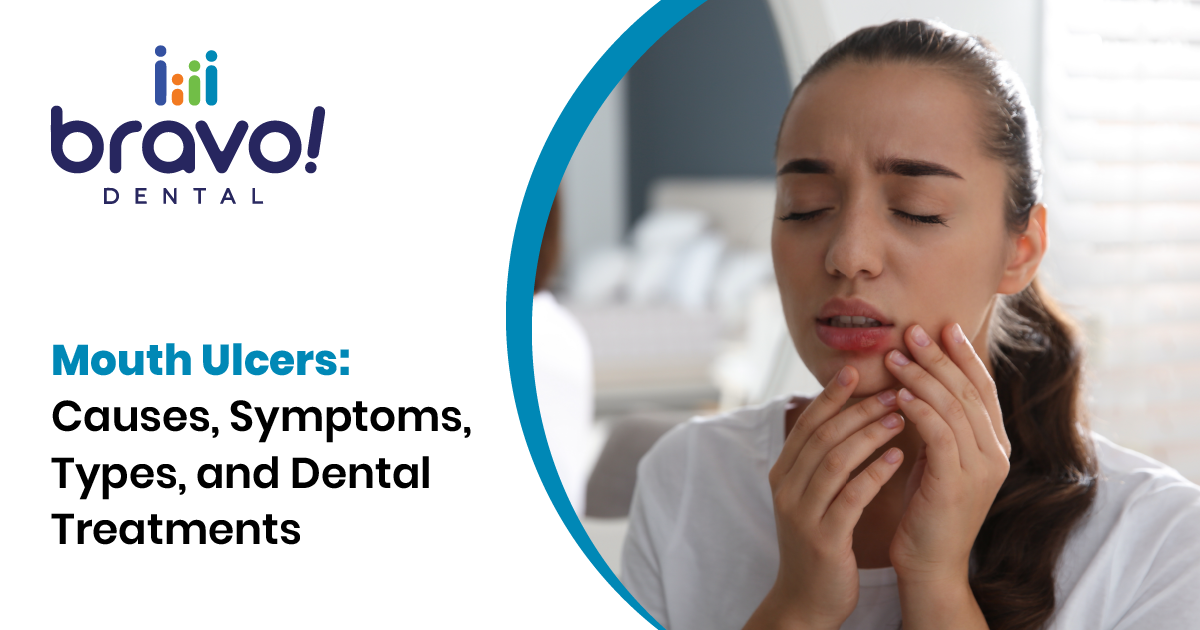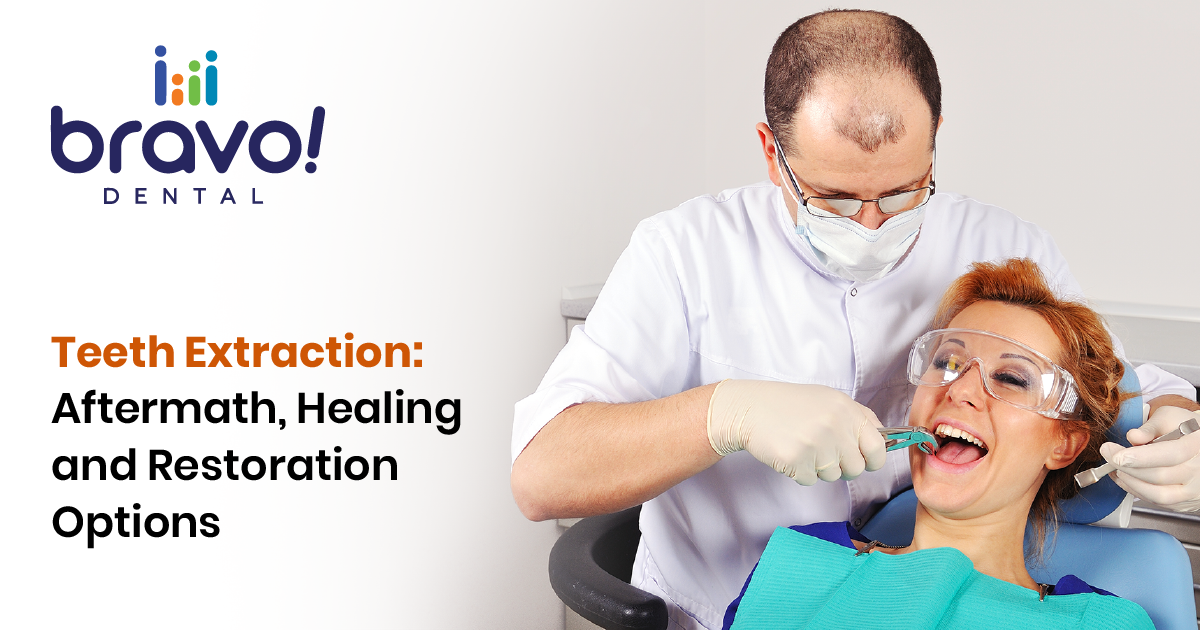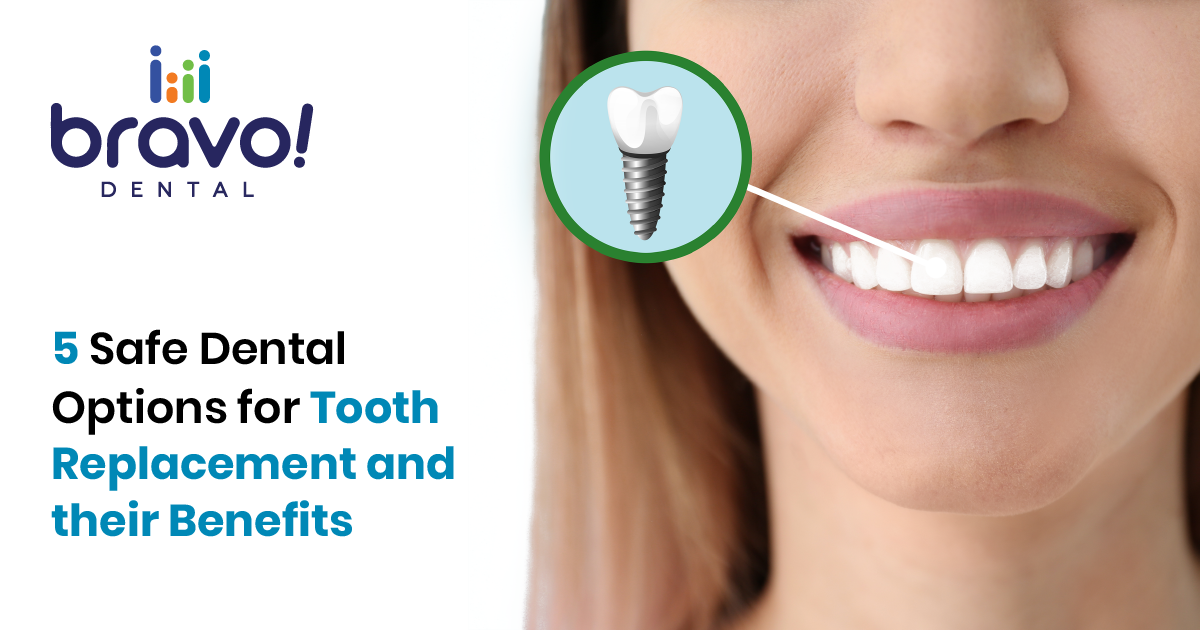In recent years, dentistry has undergone a remarkable transformation thanks to the integration of cutting-edge technology. Traditional dental procedures have been revolutionized, providing more accurate diagnoses, effective treatments, and improved patient experiences. Digital dentistry has emerged as a game-changer, offering a multitude of benefits to both dental practitioners and their patients.
What is Digital Dentistry?
Digital dentistry refers to integrating digital technologies and computer-based tools within dentistry. It encompasses a wide range of digital technologies and methods dental professionals use to enhance the examination, diagnosis, and treatment of oral health. This approach has revolutionized various aspects of dental care, from patient check-ins to the assessment of oral health, diagnosis, and treatment of dental conditions, as well as post-treatment follow-ups.
Here are a few key innovations that have redefined dental practice.
Digital Imaging and CBCT
Digital imaging has replaced traditional X-rays and film-based radiography in dental practice. Digital radiographs offer numerous advantages, including lower radiation exposure, faster processing, and the ability to enhance and manipulate images for more precise diagnosis. Cone beam computed tomography (CBCT) technology, a type of 3D radiography, provides detailed, three-dimensional images of the oral and maxillofacial region. This innovation aids in accurate treatment planning for complex procedures such as dental implants and orthodontics. Only a few dental offices like Bravo! Dental has CBCT technology.
Intraoral Scanners
Intraoral scanners have become a cornerstone of modern dentistry. These handheld devices create digital impressions of a patient’s teeth and oral structures, eliminating the need for messy traditional impressions. Intraoral scanning offers increased patient comfort, faster data collection, and improved accuracy, facilitating the design of custom restorations like crowns and bridges.
CAD/CAM Technology
Computer-aided design and computer-aided manufacturing (CAD/CAM) systems have transformed the way dental restorations are fabricated. With CAD/CAM, dentists can design crowns, bridges, and other prosthetics digitally and then manufacture them with precision. This reduces the time patients spend in the dental chair and improves the overall fit and esthetics of restorations.
3D Printing
Three-dimensional (3D) printing has revolutionized the production of dental appliances and models. Dentists can use 3D printers to create surgical guides, orthodontic models, and even temporary crowns, saving time and resources. 3D printing also supports patient education by producing tangible models for visual aids.
Artificial Intelligence (AI) in Diagnosis
AI has found its way into dental diagnostics, improving the early detection of oral diseases. Machine learning algorithms can analyze radiographic images and intraoral scans to identify potential issues like cavities and periodontal disease. AI-driven diagnostic tools assist dentists in making more accurate and timely diagnoses.
Electronic Health Records (EHR)
Digital dentistry has also streamlined record-keeping through EHR systems. These platforms allow dentists to maintain comprehensive patient records, schedule appointments, and share information securely. EHRs improve the efficiency of dental practices, reducing paperwork and minimizing errors in record-keeping.
Conclusion
Digital dentistry has ushered in a new era of precision, convenience, and patient-centered care. With these advancements, dentists have a wide array of tools to enhance diagnostic accuracy and treatment outcomes. These technologies have made dental care more accessible, efficient, and patient-friendly, ultimately improving the overall oral health of the population. If you are looking for a dental office that uses safe and advanced technology, look no further than Bravo! Dental.
